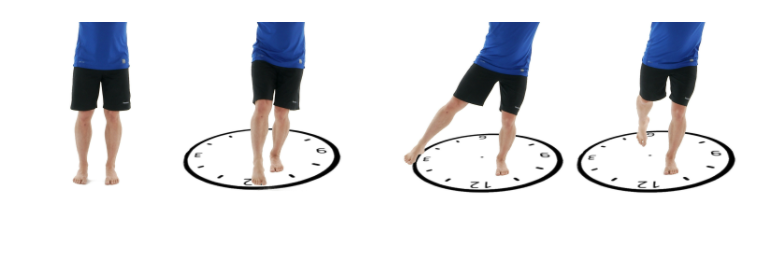Essential Strategies to Prevent Falls in Seniors: A Guide
Written on
Understanding the Risk of Falls
Every year, about 30% of individuals aged 65 and older experience falls, often requiring urgent medical attention. These incidents can lead to significant health issues and even increase the risk of mortality. Moreover, the experience of a fall can instill a fear that may lead to further accidents, especially due to reduced confidence and mobility over time.
The good news is that while it may not be possible to eliminate falls entirely, there are proactive steps you can take to enhance your balance and overall well-being. The best part? Many of these strategies are free and accessible for nearly everyone!
Addressing the Fear of Falling
It's common for older adults to fear falling, but this fear can be mitigated through actionable steps. Here are some practical strategies to boost your confidence and stability as you age.
Before we delve deeper, it’s important to note that the following tips are general health advice. Always consult with a healthcare professional if you have concerns, especially if you have pre-existing conditions or past injuries that could complicate a new exercise regimen.
1. Gait-Specific Training
A key area to focus on is gait training, as most falls occur during walking. Improving your balance through various gait drills can significantly decrease your risk of injury. Here’s a simple progression to get started:
- Use support (walker, cane, etc.)
- Walk freely
- Practice a narrow walk (similar to tight-rope walking)
- Walk on your tiptoes
- Try a single-leg hinge walk
2. Getting Creative with Balance Exercises
To elevate your balance training, challenge yourself with unconventional movements. For instance, try the clock exercise: Stand on one foot and move the other leg to different positions as if pointing to the hours on a clock. This engages your stability and can be more effective when performed barefoot.

3. Enhance Aerobic Fitness
Maintaining good aerobic fitness is crucial for fall prevention. Many falls happen when individuals are out of breath and distracted. Engage in activities like biking, walking, or hiking to build cardiovascular health and improve your confidence.
4. Incorporate Light Resistance Training
Resistance training can help maintain bone density. Exercises such as squats and lunges are beneficial for keeping your body strong and resilient against falls. Even a couple of sessions a week can make a significant difference in your overall health.
5. The Importance of Consistency
Consistency is key. Aim for about 150 minutes of physical activity each week; older adults may benefit from 200–225 minutes. This includes all forms of exercise—resistance, aerobic, and balance work. Establishing a daily habit of approximately 30 minutes can greatly aid in preventing falls and chronic conditions.
A Note on Supplements
Older adults, particularly postmenopausal women, might consider calcium supplements for bone health. Always consult with your physician to determine the right dosage for you.
In Conclusion
Preventing falls in older age can be challenging, but it’s achievable with intentional effort. By following the strategies outlined above, you can maintain your independence and reduce the risk of age-related health issues. Why settle for less when you can invest in your future health today?

Incorporating Visual Learning: Fall Safety Videos
To further enhance your understanding, here are a couple of informative videos:
Falling Safety for Seniors (Part 1) - Falling Safety Techniques This video provides essential techniques and strategies for seniors to prevent falls and enhance safety.
Seniors: How To Fall Safely Without Injury Learn how to manage falls safely and reduce the risk of injury in this practical guide for seniors.
You have just read another informative post from In Fitness And In Health, a community focused on sharing knowledge for healthier living. If you wish to receive more content like this, consider subscribing to our newsletter.